Difference between AC and DC (Current & Voltage)
Difference Between AC (Alternating Current) & DC (Direct Current)
The Alternating Current (AC) and Direct Current (DC) are the two types of electric currents that coexists in our daily life. They are both used for supplying power to the electrical devices. But they are very different. The outlets in our home provide AC supply while the batteries provide DC supply. We cannot connect a DC appliance to the AC outlet (well we can but it will not work and worst case scenario it will blow up). The reason is the difference between their behavior and how they affect the circuits.
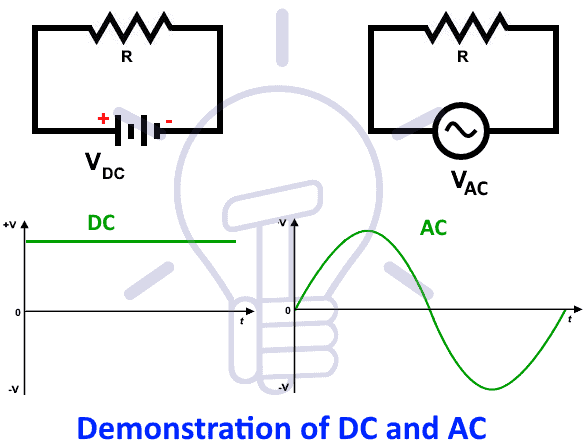
In this article, we will briefly discuss the difference between Alternating Current (AC) and Direct Current (DC) but first, let’s discuss AC and DC.
- Related Post: AC or DC – Which One is More Dangerous And Why?
Electric Current
Electric current is the motion or flow of free electrons in a conducting material under the influence of potential difference. The material that contains free electrons is called conductors and they are used for conducting an electric current.
The free electrons existing in a material are excited when a voltage or potential difference is applied and they flow in a specific direction i.e. from high potential to the low potential. The high potential or voltage is denoted by positive (+) sign and the low potential is denoted by negative (–) sign and they form the polarity of the electric current.
Based on the direction of motion of the electron or electric current, it is classified into two main types; Alternating Current (AC) and Direct Current (DC)
- Related Post: What Happens When an AC Line Touches a DC Line?
Alternating Current (AC)
When the direction of the electric current reverses periodically, it is said to be Alternating Current. Since the direction of the current reverses periodically, the voltage polarity also reverses i.e. the high potential (+) and low potential (-) swaps together. Therefore, Alternating current is denoted by a wave (~) sign. The number of times electric current changes its direction in one second is called its frequency and it is commonly 50 Hz (Europe) or 60 Hz (US).
Generation
When a coil or a loop of wire is placed in a varying magnetic field, it induces an electric current in the coil. This principle is applied in the devices called Alternators which is used for the generation of Alternating current.
The alternator is made up of a coil that rotates (by any means such as water or steam turbine) inside a stationary magnetic field. The rotation of the coil varies the magnetic field lines affecting the coil; therefore an electric current is induced in the coil. Since the rotating coil reverses the polarity of the magnetic field, the electric current and voltage induced in the coil changes its direction periodically.
- Related Post: Is Lightning AC or DC?
Waveforms
The magnitude of the alternating current and voltage varies continuously through time. It oscillates between its maximum peak point and its minimum peak point along a common reference point. The resultant waveform could be a sine wave, square wave, triangular wave, saw tooth, etc. the most common waveform of AC that we use in our homes is sine wave.
Frequency and Phase
We already know that alternating current has a specific frequency and we know that frequency affects the reactance of the capacitor and inductor. Therefore, the alternating current introduces reactance to the circuit. The reactance causes a phase difference between the voltage & current waves. We can also say that this is the reason the power factor is involved in only AC systems. Because the definition of power factor is cos (θ) where θ is the phase difference between the voltage waveform and current waveform
The phase difference is the difference with respect to the time shift between the two AC waves. In such cases, the magnitude of one wave lags behind the magnitude of the other wave. This causes power loss in the circuit. In order to deliver full power to the load, the AC voltage and current needs to be synchronized (or in-phase). So the power factor fluctuates between cos 0° (power factor = 1, phase difference of 0°) and cos 90° (power factor = 0, phase difference of 90°).
AC Current, Voltage, Resistance & Power Formulas
AC Current
Single Phase AC Circuits
- I = P / (V x Cosθ)
- I = (V/Z)
Three Phase AC Circuits
- I = P / √3 x V x Cosθ
AC Voltage
Single Phase AC Circuits
- V = P/(I x Cosθ)
- V = I / Z
Three Phase AC Circuits
- VL= √3 VPH or VL = √3 EPH [Star Connection]
- VL= VPH [Delta Connection]
AC Resistance
- Z = √(R2+ XL2)… In case of Inductive Load
- Z = √(R2+ XC2)… In case of Capacitive Load
- Z = √(R2+ (XL– XC)2… In case of both inductive and capacitive Loads.
AC Power
Single Phase AC Circuits
- P = V x I x Cosθ (in Single phase AC Circuits)
Three Phase AC Circuits
Active Power
- P = √3 x VL x IL x Cosθ (in Three Phase AC Circuits)
- P = 3 x VPh x IPh x Cosθ
- P = √ (S2 – Q2)
- P =√ (VA2 – VAR2)
Reactive Power
- Q = V I Sinθ
- VAR = √ (VA2 – P2)
- kVAR = √ (kVA2 – kW2)
Apparent Power
- S = √ (P + Q2)
- kVA = √kW2 + kVAR2
Complex Power
- S = V I
- S = P + jQ … (Inductive Load)
- S = P – jQ … (Capacitive Load)
Where
- I = Current in Amperes (A)
- V = Voltage in Volts (V)
- P = Power in Watts (W)
- R = Resistance in Ohm (Ω)
- Cosθ = R/Z = Power Factor
- Z = impedance = Resistance of AC Circuits
- IPh = Phase Current
- IL = Line Current
- VPh = Phase Voltage
- VL = Line Voltage
- XL = Inductive Reactance = 2πfL…Where L = Inductance in Henry.
- XC = Capacitive Reactance = 1/2πfC… Where C = Capacitance in Farads.
- Related Post: Why Do Electronic Circuits Use DC Current instead of AC?
Direct Current (DC)
The type of electric current whose direction does not change is called Direct Current or DC. It is unidirectional current that flows in only one direction and unlike AC’ it does not flow backward. Since the direction of the current does not change the polarity of its voltage also do not change. Therefore, the Direct Current is always denoted by Positive (+) & Negative (-) Marking
Generation
Direct current can be generated in many ways. The same AC generation method can be used to generate DC by connecting a device called a commutator. The commutator is a rotating device that ensures to keep the current flow in a single direction.
The Direct Current is usually generated by using batteries and cells. The batteries include a chemical substance that releases electrons upon chemical reaction and supply it to the electrical circuit.
The Alternating current can also be converted into DC by using a device called a rectifier.
- Related Post: Difference between AC Drives and DC Drives
Waveform
The direct current does not have any specific waveform because it only flows in a single direction. If you connect a DC to an oscilloscope, it will show a straight line. However, if the voltage is pulsating, say in a digital circuit that purely runs on DC voltages, the signal waveform might appear as a pulse train or square waves. But the waveform never falls below 0V.
DC Current, Voltage, Resistance & Power Formulas
DC Current
- I = V/R
- I = P/V
- I = √P/R
DC Voltage
- V = I x R
- V = P / I
- V = √ (P x R)
DC Resistance
- R = V/I
- R = P/I2
- R = V2/P
DC Power
- P = IV
- P = I2R
- P = V2/R
Where
- I = Current in Amperes (A)
- V = Voltage in Volts (V)
- P = Power in Watts (W)
- R = Resistance in Ohm (Ω)
Storage and Conversion between AC & DC
We need both types of electric current in our daily life application. Digital devices such as smartphones, laptops and computers, etc. run on DC while our home and kitchen appliances such as fans, lights, and mixer, etc. run on AC.
The Alternating current and direct current are interchangeable. They can be easily converted from one form to the other. The device that converts AC to DC is called Rectifier while the device that converts DC to AC is called Inverter. We use both of them to convert between the power supplies according to our needs.
The outlets in our home provide AC supply but when we need to power a DC device using the same outlet, we use a rectifier (such as the power supply in PC or the power adapter in a laptop cable). It helps us using the same power source to power both types of devices. And we can also use the DC supply of batteries to power AC appliances using Inverters.
But there is a limitation of the alternating current i.e. the electric current can only be stored when it is in DC form. Therefore, the AC is converted into smooth DC before charging a battery such as in cellphones.
The charge storage provides mobility and wireless capability to the device. It is also used as an emergency backup in harsh conditions to power crucial equipment such as in hospitals etc.
Voltage Conversion and Transmission
The transmission lines experience power loss (I2R) in the form of heat due to the amount of current flowing through them. In order to decrease the amount of current, we increase the voltage to maintain the same power delivered (P = I*V).
In AC, the voltages can be easily converted between high and low voltages using a device called a Transformer. We use Step-Up Transformers at the generation stations to bump up the voltages for transmission over long distances. Also, the same voltages are brought down to safe levels for domestic or commercial uses using the Step-Down Transformer usually seen on utility poles.
There is very little loss in high voltage DC transmission and it requires only two wires but its maintenance and conversion between high and low voltage is very costly so it was never adopted. The DC voltage is dangerous than AC because the AC fluctuates while the DC is a constant stream of current and it will never let you go.
- Related Post: Why Does A Capacitor Block DC But Pass AC?
Main Differences between AC and DC (Voltage & Current)
The following table shows the comparison and key differences between alternating current “AC” and direct current “DC”.
| Characteristics | Alternating Current – AC | Direct Current – DC |
| Definition | The electric current that flows back and forth periodically. | The electric current that flows in only forward direction |
| Symbol | ||
| Direction of current | It is bidirectional i.e. it can flow in both forward and reverse direction. | It is unidirectional and it flows in only one direction i.e. forward |
| Voltage and current | The current and voltage varies continuously. | The current and voltage is constant. |
| Polarity | There is no polarity in AC because it fluctuates. | There is fixed polarity in DC marked by Positive (+) and Negative (-) signs |
| Swapping Terminals or Polarity | Swapping the source terminal will not affect the circuit | Swapping the source terminal may damage the circuit. |
| Frequency | The frequency of the alternating current is usually 50 or 60 Hz | The frequency of the direct current is 0. |
| Complex Impedance | AC introduces reactance to the circuit so there is complex impedance. | The DC circuit has pure resistive loads. So the impedance is purely resistive |
| Power Factor | The power factor in AC is always equal to or between 1 and 0. | The frequency is 0 so the power factor is always 1. |
| Generation | The AC is generated using Alternator. | It is generated by using a commutator with a generator, using solar panels and using a chemical reaction in batteries and cells. |
| Waveform | The AC exists sine, square, triangular and saw tooth waveform, etc. | It exists in a single line or pulse wave. |
| Conversion | A rectifier is used for converting it into DC | An inverter is used for converting it into AC |
| Storage | It cannot be stored | It can be directly stored. |
| Transmission | There are some losses in transmission over long distances. | It has very low transmission losses at high voltage over a long distance. |
| Transmission lines | It requires a minimum of 3 separate conductors in its transmission | It only requires 2 conductors in its transmission |
| Transmission cost & maintenance | It is expensive but maintenance and conversion between voltages is easier than DC | It is cheaper but its maintenance is quite dangerous and costlier then AC |
| Hazard | The AC is less dangerous than DC because it reaches to 0V at some regular intervals. (not to be played with at high voltage) | The DC is very dangerous and life-threatening then AC because it maintains a constant current flow. |
Related Posts:
- Difference Between AC Ground and DC Ground?
- Difference Between GND, 0VDC, Common and Virtual Ground
- Why AC Needs More Insulation Than DC at Same Voltage Level?
- What is the Role of Capacitor in AC and DC Circuit?
- Comparison between AC and DC Transmission System
- Why Can’t We Store AC in Batteries instead of DC?
- Difference Between AC and DC Resistance – Which One is More?
- Why Does Transformer Not Work on DC Supply instead of AC?
- Why an Inductor acts as a Short Circuit in DC Supply?
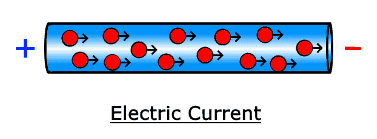
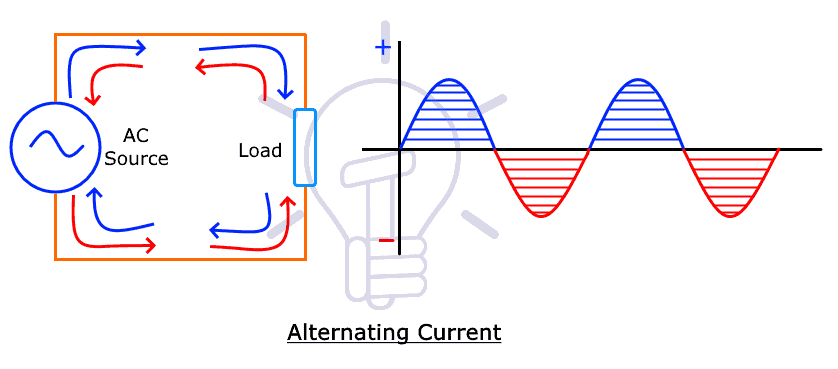
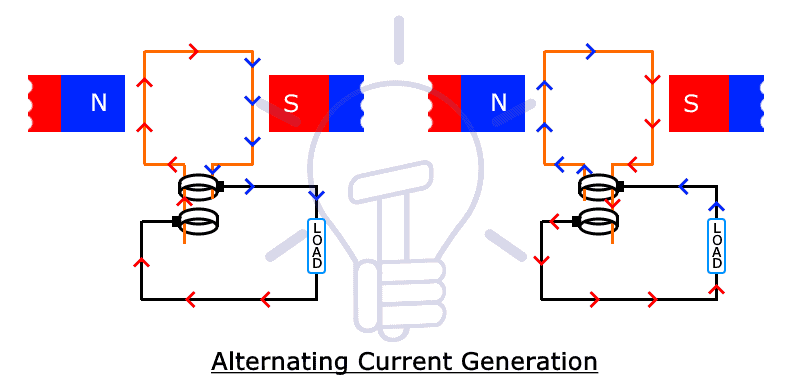
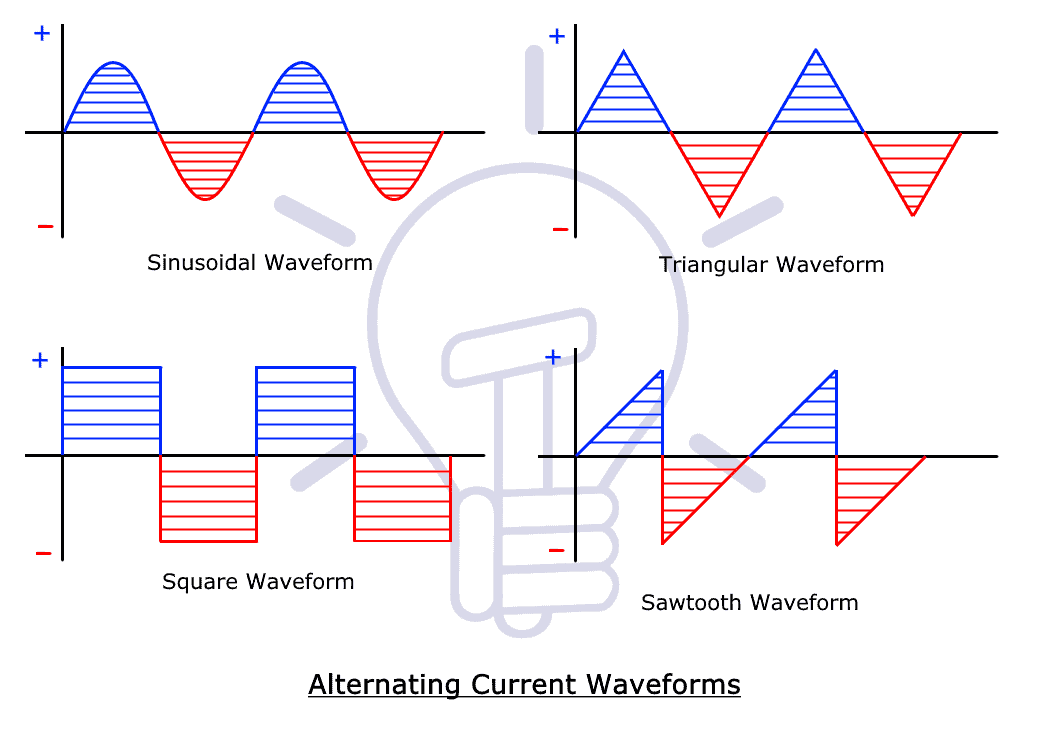







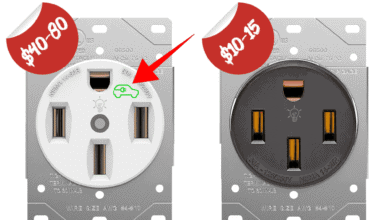
The article is very important to those who involved in the field gives clear knowledge thank you sir